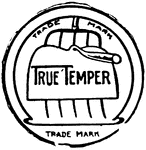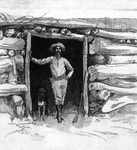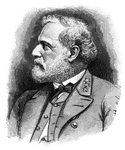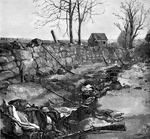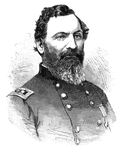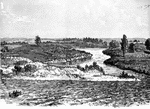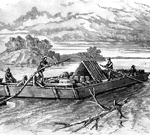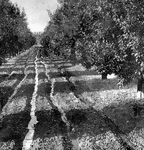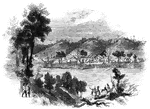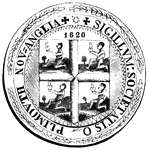
War in Virginia
"The war in Virginia--railroad bridge over the Rappahannock, at Rappahannock Station."— Frank Leslie,…

Manassas
"The war in Virginia--General Hooker's army marching past Manassas, Va., June, 1863."— Frank Leslie,…
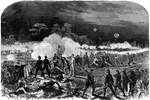
Grant's Campaign
"Grant's Campaign in Virginia. Repulse of Lee's night attack on Smith's Brigade, Hancock's Corps, Friday,…

Hospital
"The war in Virginia--hospital scene after the Battle of Bristoe Station."— Frank Leslie, 1896
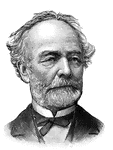
General Joseph E. Johnston
"General Johnston, born in Cherry Grove, near Farmville, Va., February 3rd, 1807; died at Washington,…
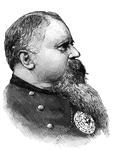
General Fitzhugh Lee
"General Lee, born in Clermont, Fairfax County, Va., November 19th, 1835, was graduated at the United…

General James Longstreet
"General Longstreet, born in Edgefield district, S. C., January 8th, 1821, was graduated from the United…
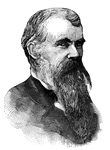
General William Mahone
"General Mahone, born in Southampton County, Va., December 1st, 1826; died at Washington, D. C., October…

Night Hawk
Found in America, Mexico and the West Indies, this species averages nine to ten inches in length and…
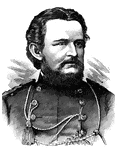
General Wesley Merritt
"General Merritt, born in New York city June 16th, 1836. He was graduated at the United States Military…
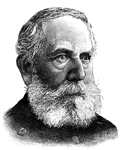
General William B. Hazen
"General Hazen, born in West Hartford, Vt., September 27th, 1830; died in Washington, D. C., January…

Battle of the Wilderness
"The battle of the Wilderness, between General Grant and General Lee, May 5th and 6th, 1864. Our sketch…
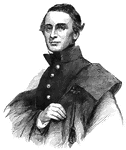
Major Robert Anderson
"Major Robert Anderson, the commander of Fort Sumter at the time of its fall, was born in Kentucky in…
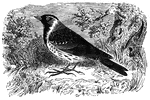
Common Snowbird
Found as far north as Greenland, the common-snow bird migrates as far south as Virginia in the winter.

Meadowlark
Known in Virginia as the old-field lark, the meadow-lark is a migratory bird that feeds on insects and…

Recrossing the Potomac
"General Banks's Division recrossing the Potomac from Williamsport, Md., to attack the Confederate army…

Union Flag
"Union Flag. The first recognized Continental Standard, raised for the first time January 2, 1776."—E.…
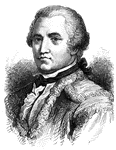
General Daniel Morgan
"General Daniel Morgan, general from Virginia and hero of Saratoga."—E. Benjamin Andrews, 1895
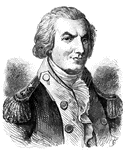
General Arthur St. Clair
(1737-1818) President of the Continental Congress (1787) and governor of the Northwest Territory (1788-1802).
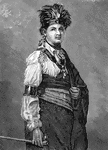
Thayendanegea
"Joseph Brant or Thayendanegea, part of the Wabash Indians."—E. Benjamin Andrews, 1895
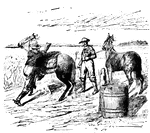
Pony Express
The Pony Express was a mail service operating between St. Joseph, Missouri, and Sacramento, California.…
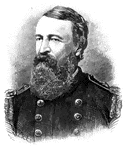
General David D. Porter
"General David D. Porter served during the Civil War."—E. Benjamin Andrews 1895
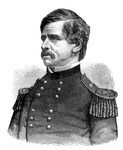
General Nathaniel P. Banks
"General Nathaniel P. Banks served during the Civil War."—E. Benjamin Andrews 1895
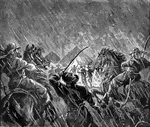
Stuart's Raid
"General J. E. B. Stuart's raid upon Pope's headquarters, August 22, 1862, when Pope's despatch book…
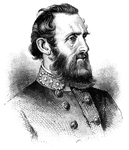
General Thomas J. Jackson
"General Thomas J. ('Stonewall') Jackson served during the Civil War."—E. Benjamin Andrews 1895
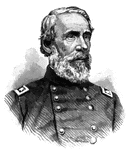
General Edwin V. Sumner
"General Edwin V. Sumner served during the Civil War."—E. Benjamin Andrews 1895
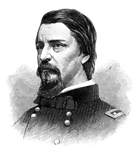
General Winfield S. Hancock
"General Winfield S. Hancock served during the Civil War."—E. Benjamin Andrews 1895
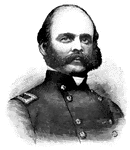
General Ambrose E. Burnside
"General Ambrose E. Burnside served during the Civil War."—E. Benjamin Andrews 1895

General Oliver O. Howard
"General Oliver O. Howard served during the Civil War."—E. Benjamin Andrews 1895
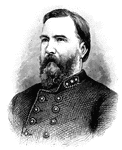
General James Longstreet
"General James Longstreet served during the Civil War."—E. Benjamin Andrews 1895

General George G. Meade
"General George G. Meade served during the Civil War."—E. Benjamin Andrews 1895
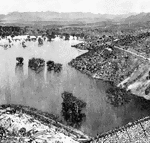
Walnut Grove
"The irrigating reservoir at Walnut Grove, Arizona, showing the Artificial Lake partly filled."—E.…

Fraser Burial
Fraser's burial-place. The hill on which the 'great redoubt' was erected, and where General Fraser was…
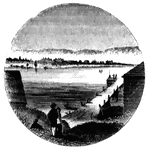
Chimney Point
Chimney Point Landing. This view is taken from the green in front of the inn at Chimney Point, looking…

Fort at Chambly
Fort at Chambly, this is a view of the south and west sides of the fort, looking toward the river. It…
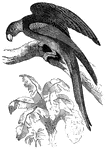
Carolina Parrot
The Carolina parrot is native to Guiana, but can be found as far north as Virginia. They often travel…
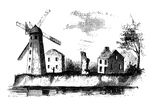
Wind-Mill Point
Wind-mill Point. This view was sketched from the steam-boat, when a little below the wind-mill, looking…

Fort Oswego
View of Oswego and the Fort in 1798. This view is from the west side of the river, near the site of…

Fort Niagra
Distant view of Fort Niagra. This view is from the west side of the Niagra River, near the light-house.…

Oriskany
The battle-ground of Oriskany. This sketch was made from the eastern side of the ravine, looking west.…

Little Falls
View at Little Falls. This view was taken from the rail-road near the village, looking down the river.…
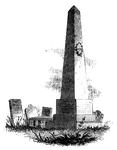
Caldwell's Monument
Caldwell's monument. The following are the inscriptions upon the Caldwell monument: East Side: "This…
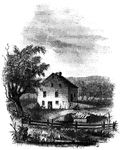
Wintermoot's Fort
Site of Wintermoot's Fort. This view is from the ancient bed of the Susquehanna, looking west. The building,…

Bennington Battle-ground
The Bennington battle-ground. This view is from the hill on the southwest bank of the Walloomscoick,…

Ridgefield
Place of the barricade, Ridgefield. This view is at the north end of the main street. It was taken from…
Fitch's Point
Fitch's Point, the landing-place of the British. This view is from the west side of Gregory's Point,…
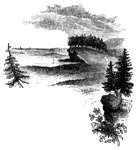
Savin's Rock
Savin's Rock. This is a view of the spot where Farth landed, in Orange, formerly West Haven. It is between…

Milford Hill
West Bridge and Milford Hill. This view is from the Milford Road, eastward of West Bridge. The high…
